

Choosing the right plasterboard screws is crucial for any successful drywall installation or repair. This guide breaks down everything you need to know, from understanding different screw types to mastering application techniques. Whether you're a seasoned professional or a DIY enthusiast, this resource will help you find the perfect screws for your project and ensure a clean, durable finish.
The head of the screw is vital for both aesthetics and functionality. Common types include:
The choice of screw head depends on your project and personal preference. For example, countersunk screws offer a flush finish for seamless painting, while pan head screws provide more projection.
Plasterboard screws are typically made from steel, often with a variety of finishes to enhance corrosion resistance. Common finishes include:
Consider the environment where the screws will be used when making your selection. For exterior use, a stainless steel plasterboard screw is the best choice for long-term durability.
Screw length is determined by the thickness of the plasterboard and the material behind it (e.g., studs). It's crucial to select a screw that penetrates sufficiently into the supporting structure for maximum holding power. Using screws that are too short can lead to loose fixings, while screws that are too long can protrude through the plasterboard or damage the structure behind it.
Screw diameter also affects holding power. Larger diameter screws provide greater strength, but may require pre-drilling to prevent splitting, especially in thinner plasterboard.
Correct driving technique is key to preventing damage to the plasterboard and ensuring a secure fixing. Avoid over-tightening, which can cause cracking and damage the board.
Using a suitable screwdriver or drill driver with the correct bit size is essential to avoid cam-out (the bit slipping out of the screw head). A magnetic bit holder is highly recommended to prevent dropping screws.
You can find a wide selection of plasterboard screws at most hardware stores, both online and in-person. For large-scale projects, consider contacting a building supply company or wholesaler for bulk discounts. For high-quality, reliable plasterboard screws, consider exploring the range available at Hebei Muyi Import&Export Trading Co.,Ltd. https://www.muyi-trading.com/ They offer a variety of options to suit different project needs.
| Screw Length (mm) | Suitable Plasterboard Thickness (mm) | Recommended Application |
|---|---|---|
| 25 | 9.5 - 12.5 | Thin plasterboard, lightweight applications |
| 35 | 12.5 - 15 | Standard plasterboard applications |
| 50 | 15 - 20 | Thicker plasterboard, heavy applications |
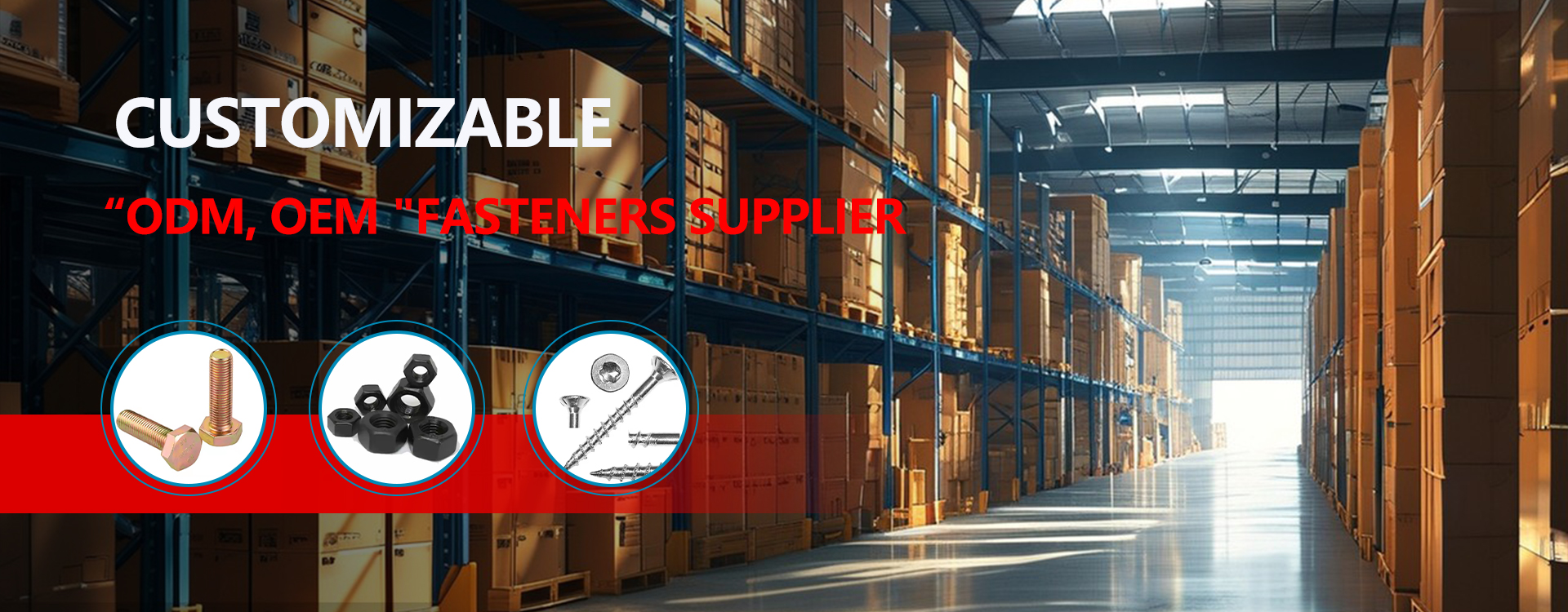

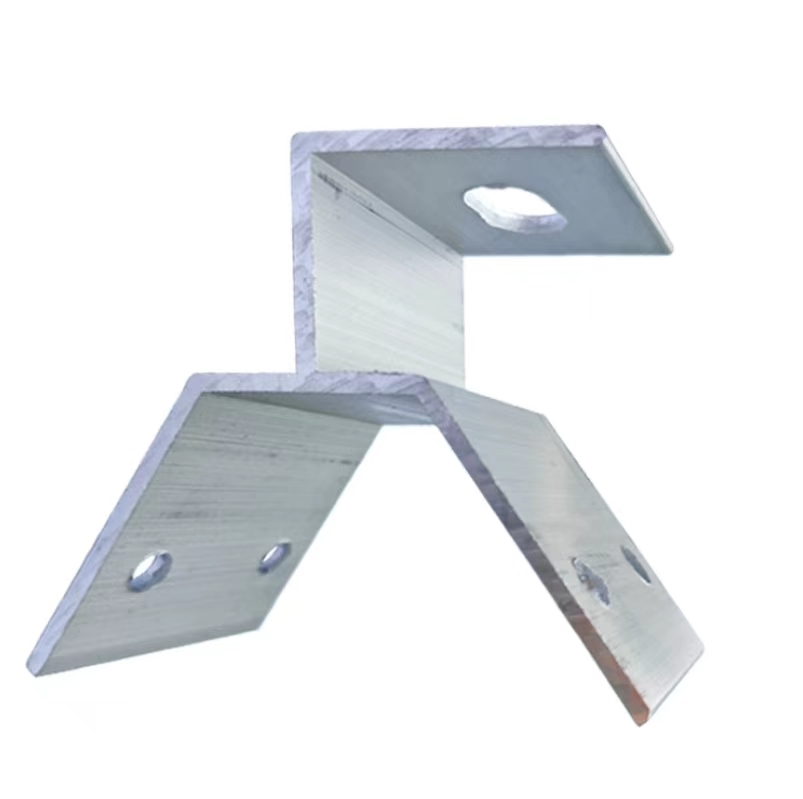
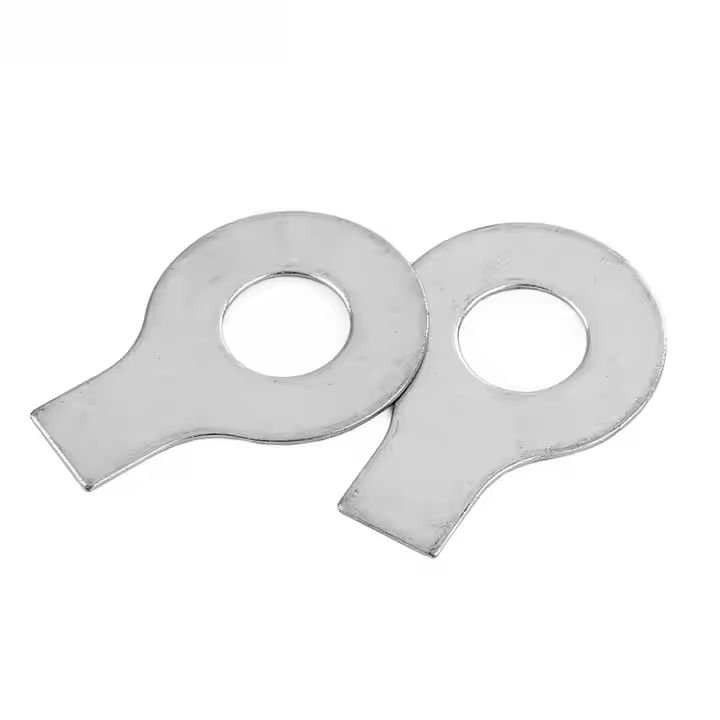
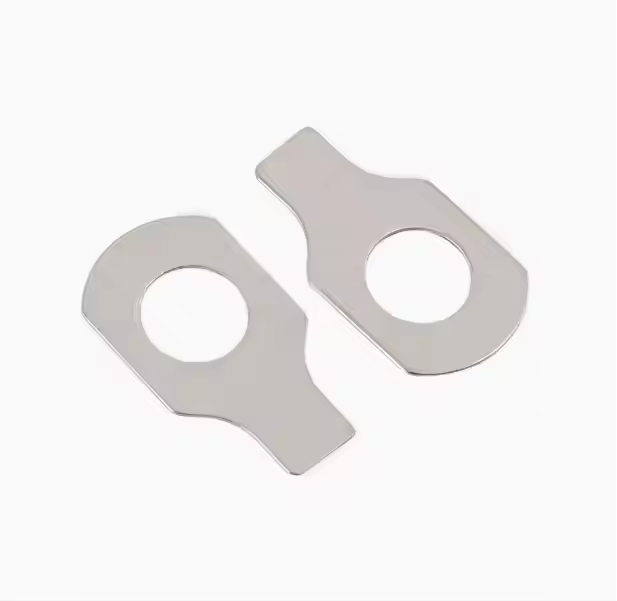
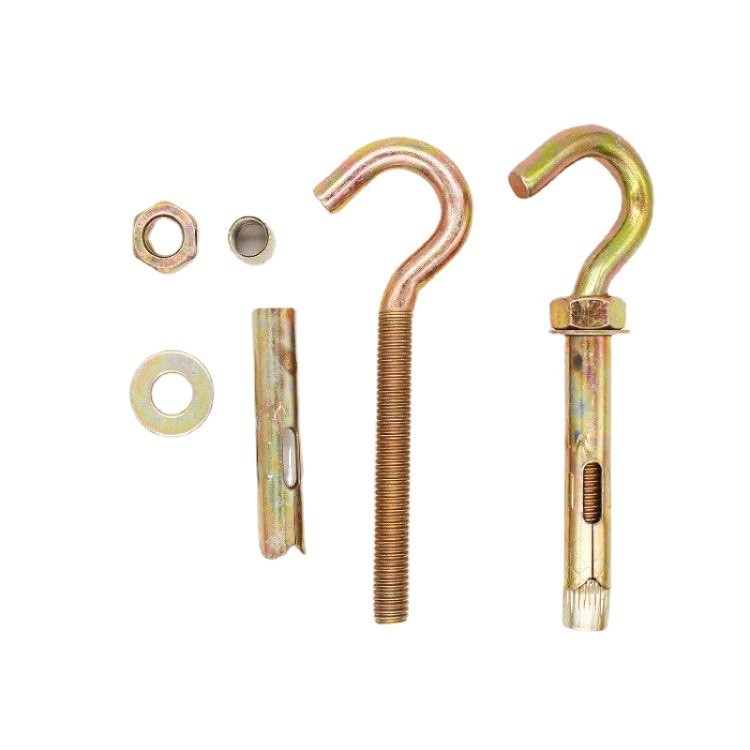
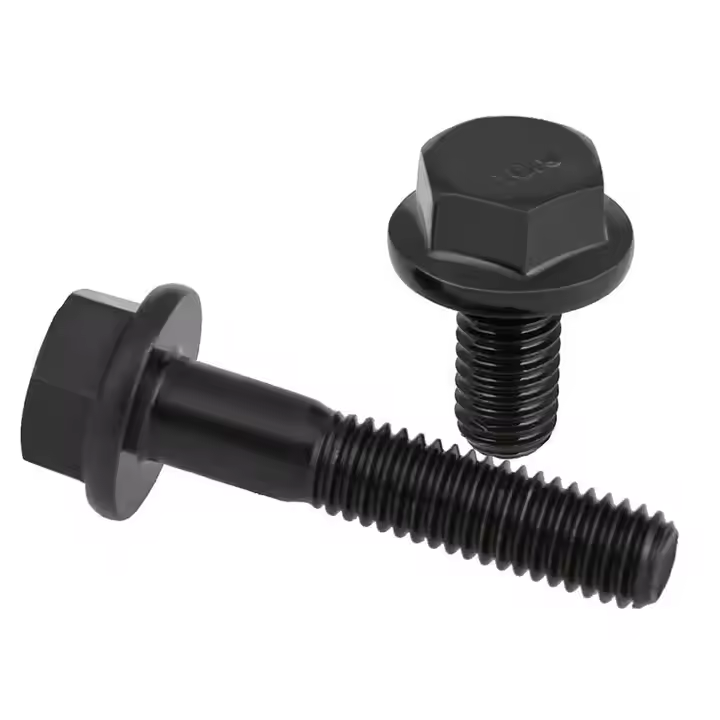
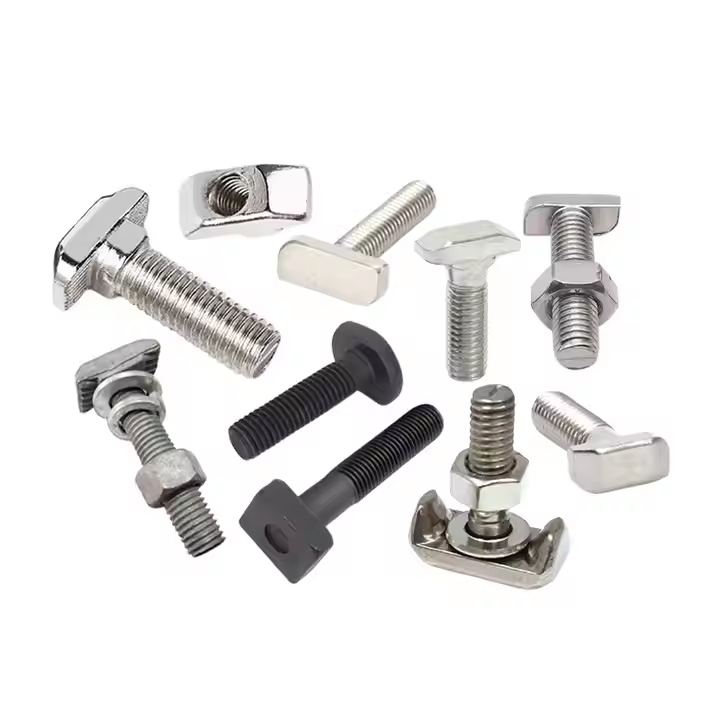
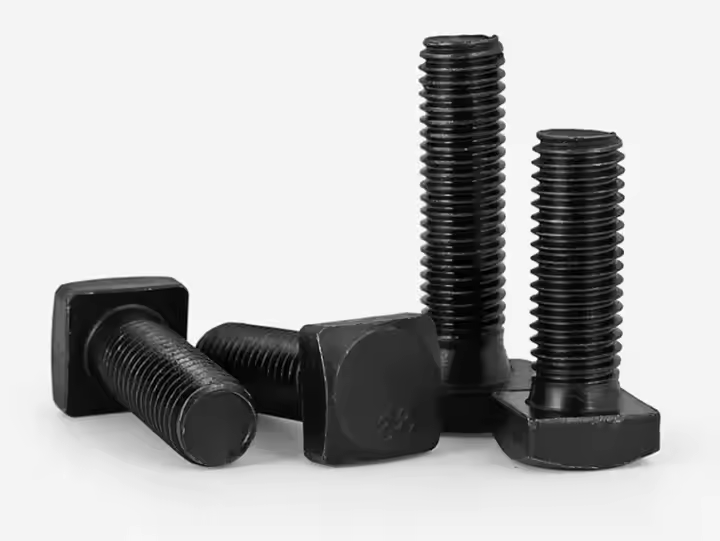
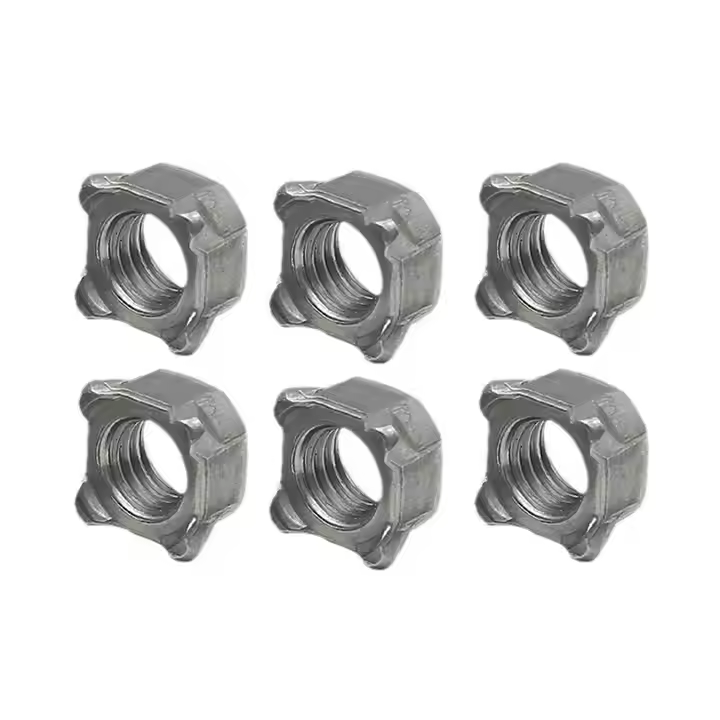
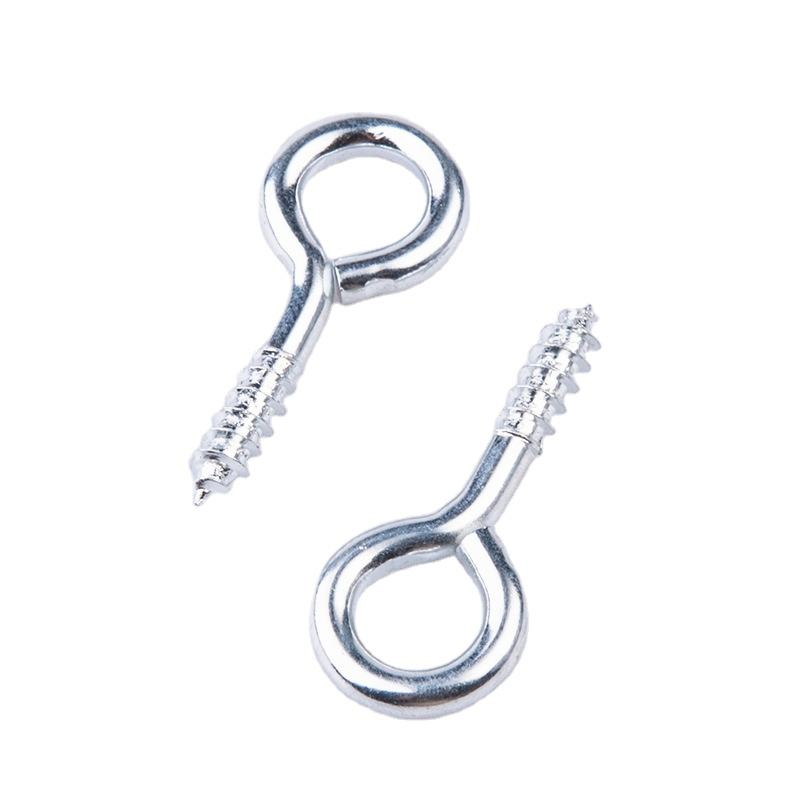
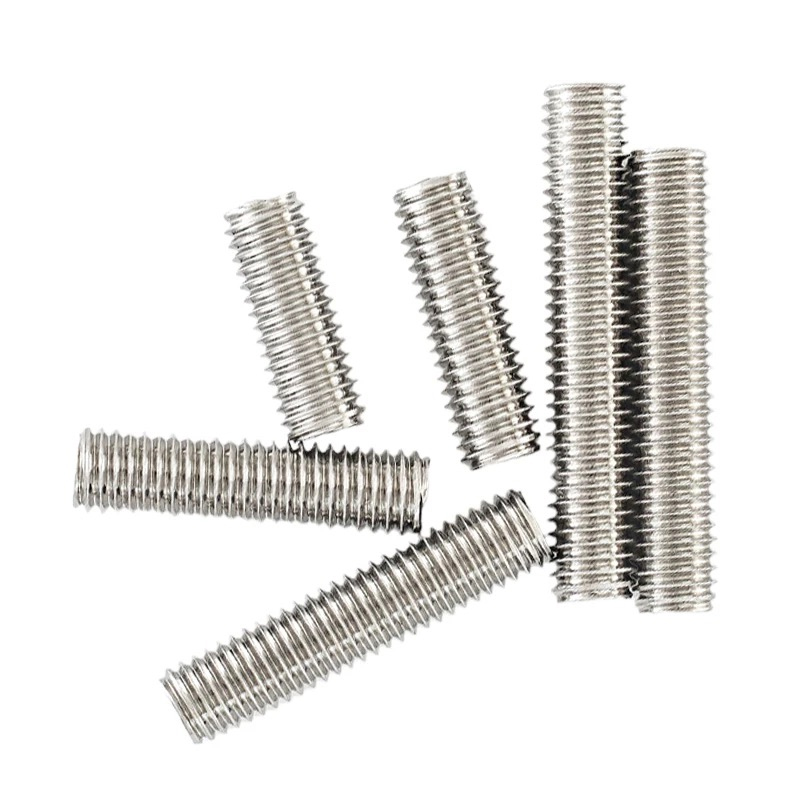
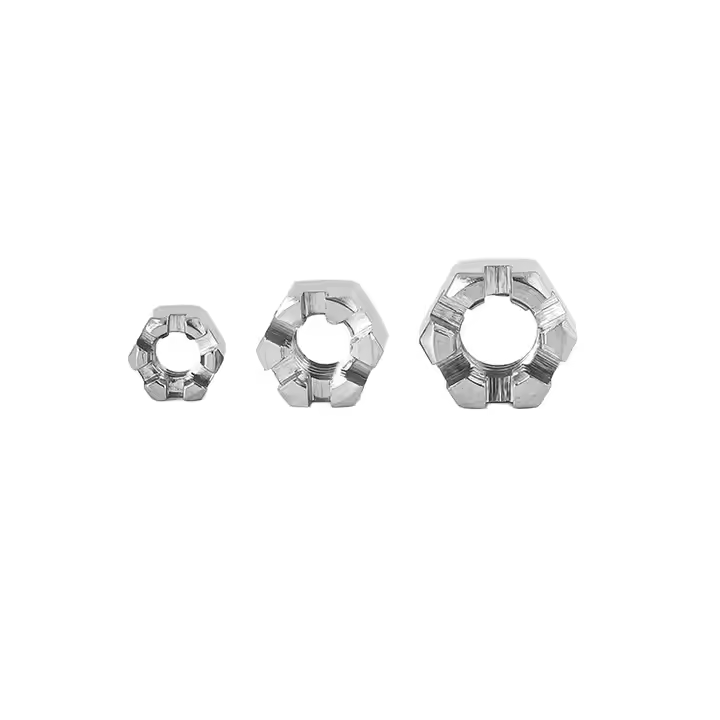
Please enter your email address and we will reply to your email.